Sap-Sucking Mealybugs Distort Plant Growth – Here Are Treatment And Prevention Tips


Ed is a horticultural therapist, professional gardener and writer. Ed has a BSc in Occupational Therapy from Coventry University and a Diploma in Social and Therapeutic Horticulture (DipSTH) via Thive, the RHS and Pershore College. Ed runs a community kitchen garden in West Sussex, where he leads horticultural therapy sessions.
Reviewed By PETER LICKORISH

Peter is a Horticulture Lecturer and self-employed Horticulturist, with a passion for diverse areas of the industry - from garden design to the science behind plant growth and propagation. He has completed the Royal Horticultural Society’s Master of Horticulture (MHort) Award and lectures on RHS courses at Bedford College.
Contributions From DARREN EVANS

Darren is the Plant Manager at Pugh's Cacti, a wholesale supplier of cactus and succulent plants to garden centres in the UK, based in Worcestershire.
Mealybugs are small sap-sucking insects that, if given a chance, can damage and severely weaken a wide range of plants.
Even though they are difficult to control, there are some measures that can help prevent and limit their spread and destruction.
What Are Mealybugs?
Mealybugs are a type of soft-bodied insect that are similar and closely related to scale insects.
Growing to 4mm long they appear pink or white and are easy to spot as adults, resembling the shape of a woodlouse.
Several species of mealybugs are present here in the United Kingdom, with perhaps the most common being in the genera Pseudococcus and Planococcus.1Canna Research. (n.d.). Mealybugs – Pests & Diseases. Canna UK. Retrieved March 21, 2023, from https://www.canna-uk.com/mealybugs-pests-diseases

The glasshouse mealybug, as its name suggests, attacks indoor plants; the root mealybug attacks the roots of houseplants and other ornamentals; the phormium mealybug, which can survive lower temperatures, preys on phormiums and cordylines.
“It is easy to think of mealybugs as being so encircled by their own waxy coating that they cannot move, but they can,” says Horticultural Consultant Peter Lickorish.
“Their ability to move between plants is what makes the quarantining so important.
It’s not just the mealybugs that are mobile. They can carry viruses between plants and their sap-sucking generally weakens and distorts plant growth.
“They love the underside of the leaves because that’s where vessels carrying the sugary sap are located. When buying a plant, always have a look underneath the leaves as it’s surprising how many pests live under there.”
Mealybugs tend to be most problematic on houseplants and plants grown in a greenhouse or conservatory as they love warm and humid conditions.
However, some species can affect outdoor plants, such as phormiums, citrus and hibiscus.

Generally pink or grey in colour, they produce a white wax substance that covers their bodies and resembles cotton fluff.
“Keep an eye out for the dreaded mealybug, a common pest of the cactus and succulent,” warns Darren Evans, Plant Manager at Pugh’s Cacti.
Mealybugs tend to live in small clusters hidden away in the leaf joins and under the leaves, sucking the sap from the plant, which, in turn, is excreted as a sticky substance called honeydew that can attract a sooty black mould.
Mealybug Life Cycle
The mealybug lifecycle differs slightly according to the species, but generally, new generations are hatched from eggs, although a few bears live offspring.
In warm conditions, the female mealybug can lay her eggs all year round, yet this may become less frequent in colder weather.
The female can lay anything between 150-600 yellow or orange eggs at a time before she dies, which are protected by a white wax-like coating.2Mahr, S. (n.d.-e). Mealybugs. Wisconsin Horticulture. Retrieved March 21, 2023, from https://hort.extension.wisc.edu/articles/mealybugs-2/

After 7-10 days, the eggs hatch, producing nymphs which after a month or two of feeding, turn into adult mealybugs.3Mealybugs. (2021, April 28). Oklahoma State University. Retrieved March 21, 2023, from https://extension.okstate.edu/programs/digital-diagnostics/insects-and-arthropods/mealybugs/
The speed of their development increases with warmer weather, or in warm greenhouse conditions.
The female mealybug then continues the life cycle, whereas in some species, the male pupates into a winged insect, which dies within days.
In a warm indoor climate, up to eight generations can be produced each year, which is why prevention is key wherever possible.4Johnson, P. (n.d.). Mealybugs on Orchids. American Orchid Society. Retrieved March 21, 2023, from https://www.aos.org/orchids/orchid-pests-diseases/mealybugs.aspx
Mealybug Causes
A mealybug infestation can seemingly come out of nowhere, as one day a plant can look healthy and free of pests and disease and the next it is covered with the tell-tale white cotton substance or black sooty mould.
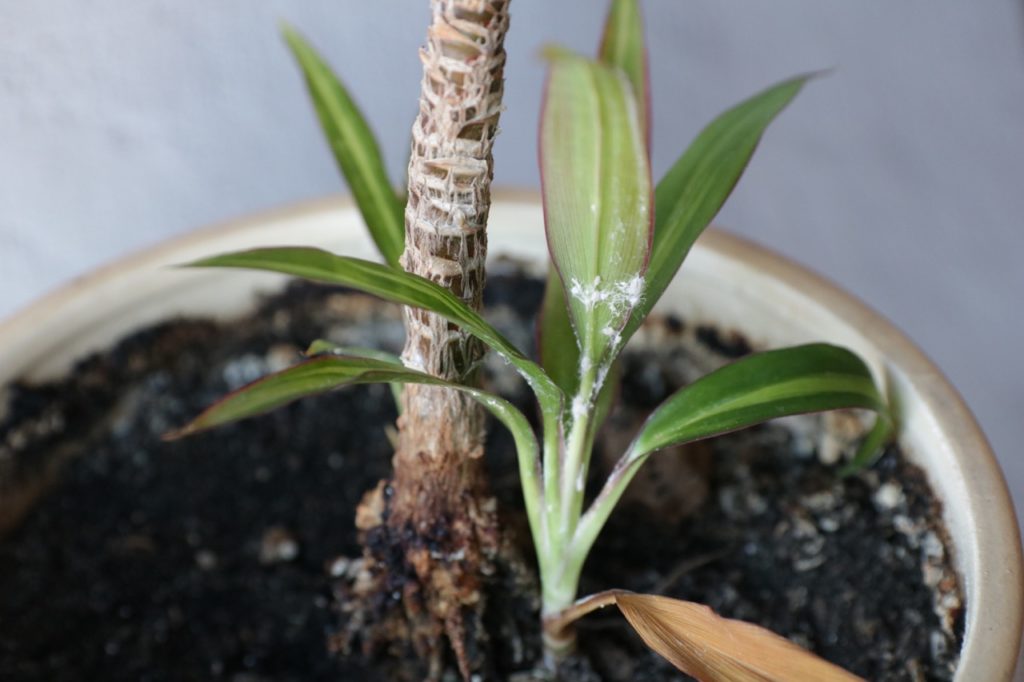
The most common cause of mealybugs is bringing home an infected new plant, especially an indoor variety, which is why it is often recommended to quarantine new plants before adding them to a collection.
However, mealybugs can also be contracted by placing plants outside during the summer months and by using infected soil.
Identifying Mealybugs
Mealybugs are quite easy to spot when an infestation has occurred as the white or grey adults are around half a centimetre and their white waxy substance is fairly obvious.
However, spotting their eggs is not so easy, as they are small and hatch quickly – producing nymphs.
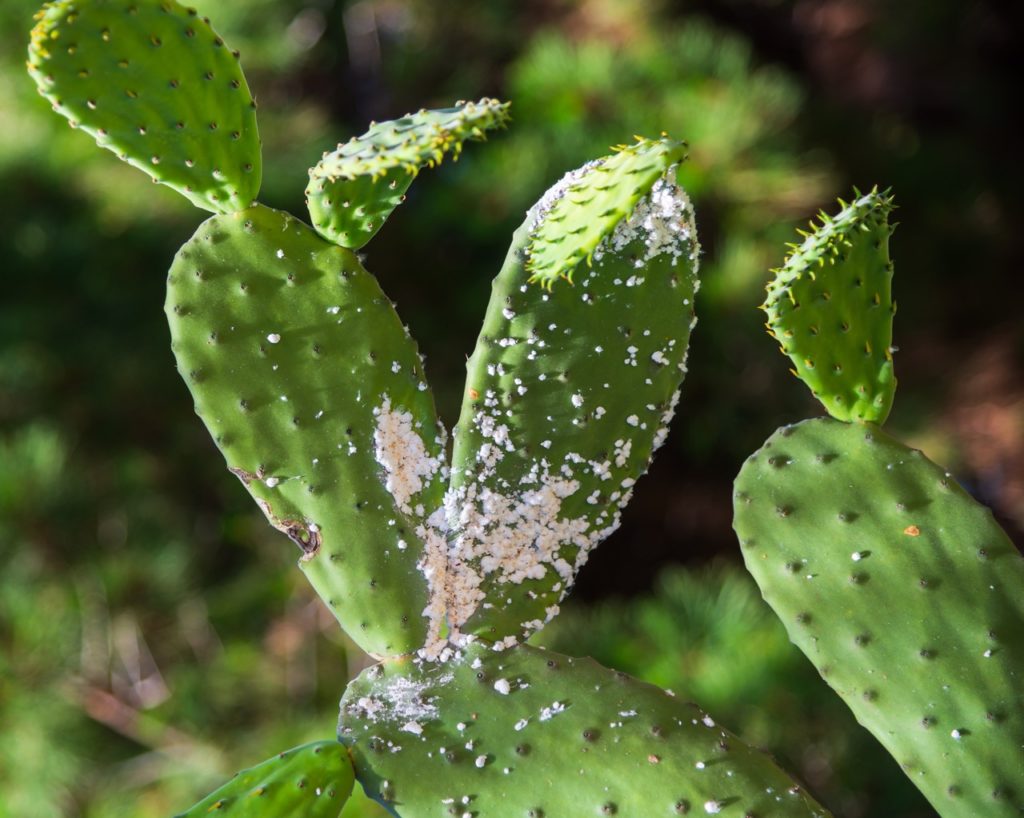
Once the temperature warms up outside in spring (or year-round indoors or in a heated greenhouse) it is advisable to check plants frequently for signs of mealybugs, as once a large infestation is present it is a challenge to eradicate.
When checking plants, pay careful attention to the leaf axils and the underneath of the foliage, as this is where they are likely to be found.
Quarantining Plants
Since mealybugs are often introduced through a new plant, it is advisable to quarantine any new plants whether purchased or received as a gift, before adding them to a greenhouse or a group of others indoors.

Even though this may be inconvenient, I’d recommend isolating new specimens away from other plants for at least a month and to inspect thoroughly before placing them with others.
How To Get Rid Of Mealybugs
Once present, mealybugs can be difficult to eradicate.
However, there are some ways to reduce their number and prevent re-infestation.
That being said, it is sometimes easier to count one’s losses with a heavily infested plant and start again.
Wash Them Away
Perhaps the first control method to try is washing them off the plant.
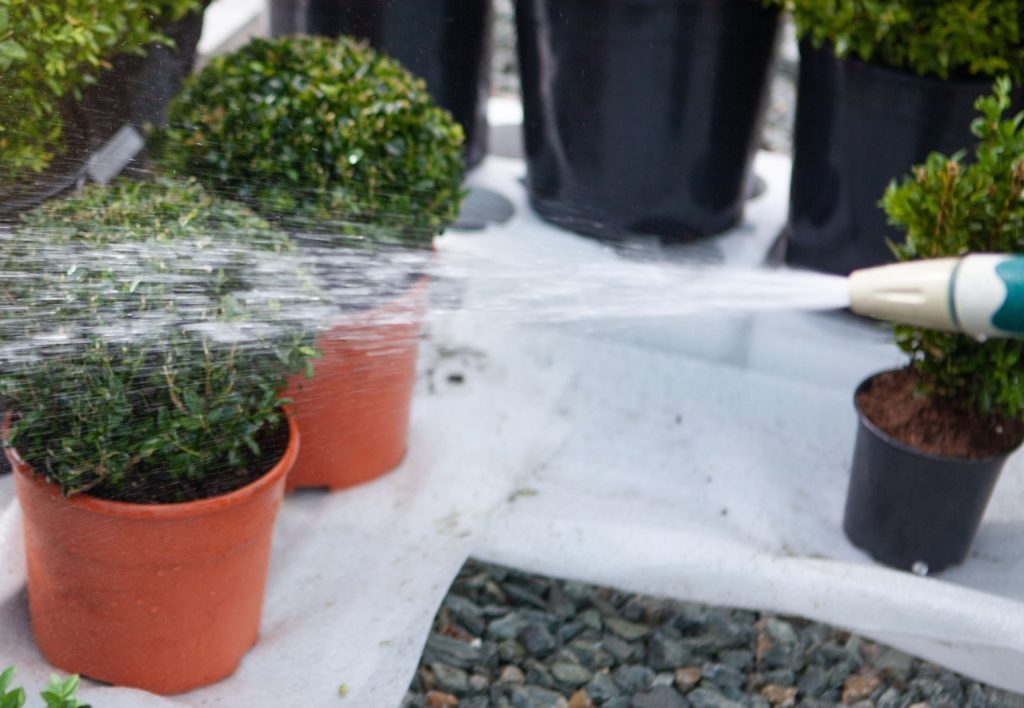
This can be done by using a hose spray adapter or a spray pump with water.
Spraying the plant will hopefully dislodge the adults, any nymphs and their eggs, but can spread them elsewhere, so it is best performed outside one plant at a time.
Predatory Insects
Biological controls, including the use of predatory insects such as ladybirds and parasitic wasps, can be used effectively in enclosed spaces where mealybugs are present.
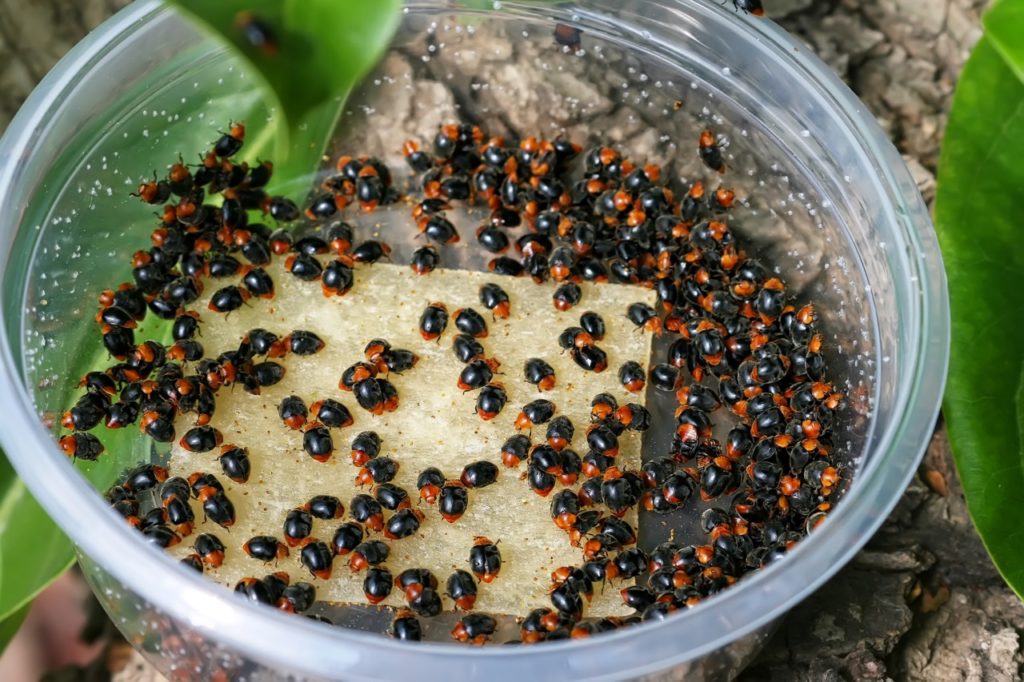
The ladybirds can seek out and devour mealybugs and their eggs with surprising effect.
“The genus of ladybird used for control is normally Cryptolaemus, so not the spotted ladybirds widely seen in the UK,” shares Peter.
“It is worth mentioning that their larvae look alarmingly like mealybugs, so be careful if you’re spraying off mealybugs and using predators!”
However, their use is limited to the warmer summer months where temperatures support their use.
Insecticidal Soap
Insecticidal soaps tend to be derived from plant oils or petroleum and act as a contact insecticide against mealybugs.
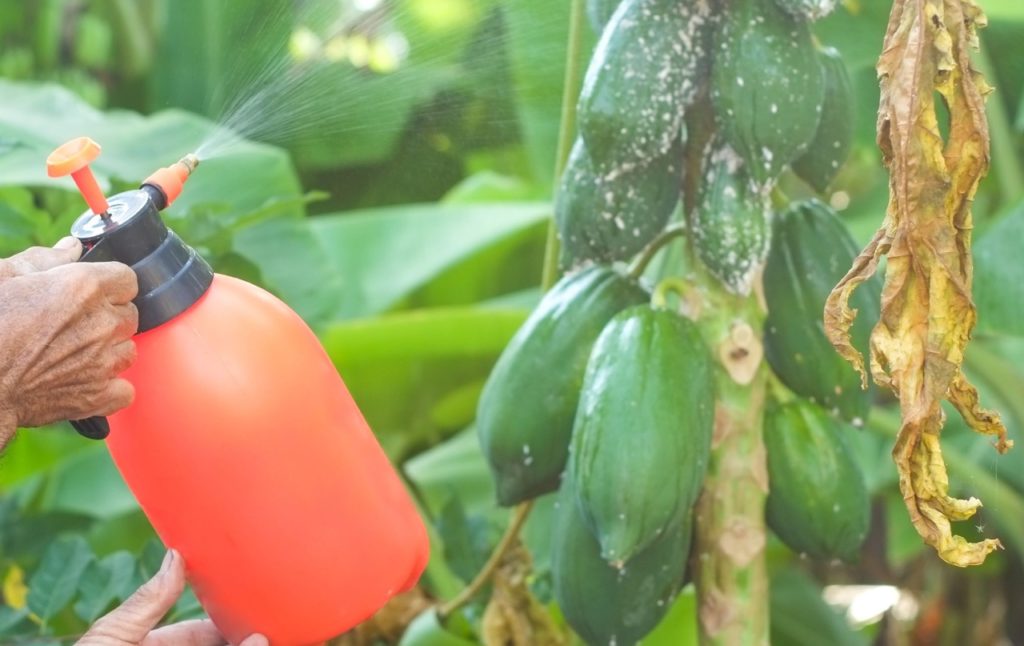
Frequent application is often required for this process to prove effective, as the effect is short-lived.
Plant invigorators are now available, which combine a mixture of natural pesticides to target the mealybugs and nutrients to stimulate plant growth which may have been reduced.
Rubbing Alcohol
Rubbing alcohol of 75% or isopropyl alcohol is another substance that can be used in the fight against mealybugs.
To apply, soak one end of a cotton bud in the alcohol and use it to paint the insects and any eggs found on the plant, avoiding any unaffected foliage where possible.
Allow your plant to dry for several hours and then wash off any dead mealybugs under water.
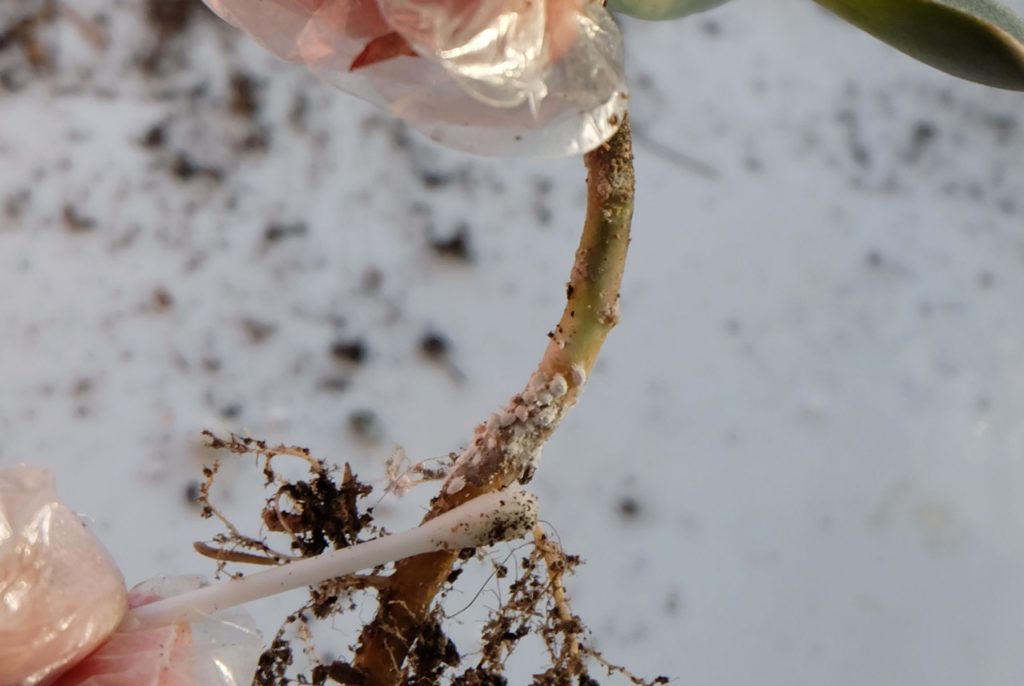
Even though the alcohol is strong, it evaporates within minutes so the plant is not harmed.
However, it is advisable to try this method on a small area first, before treating an entire collection.
I would not personally recommend this method.
Chemical Pesticide
More persistent contact insecticides are available when other methods have failed.
These can include sprays with cypermethrin, lambda-cyhalothrin and deltamethrin as the active ingredient and are authorised for use against mealybugs.
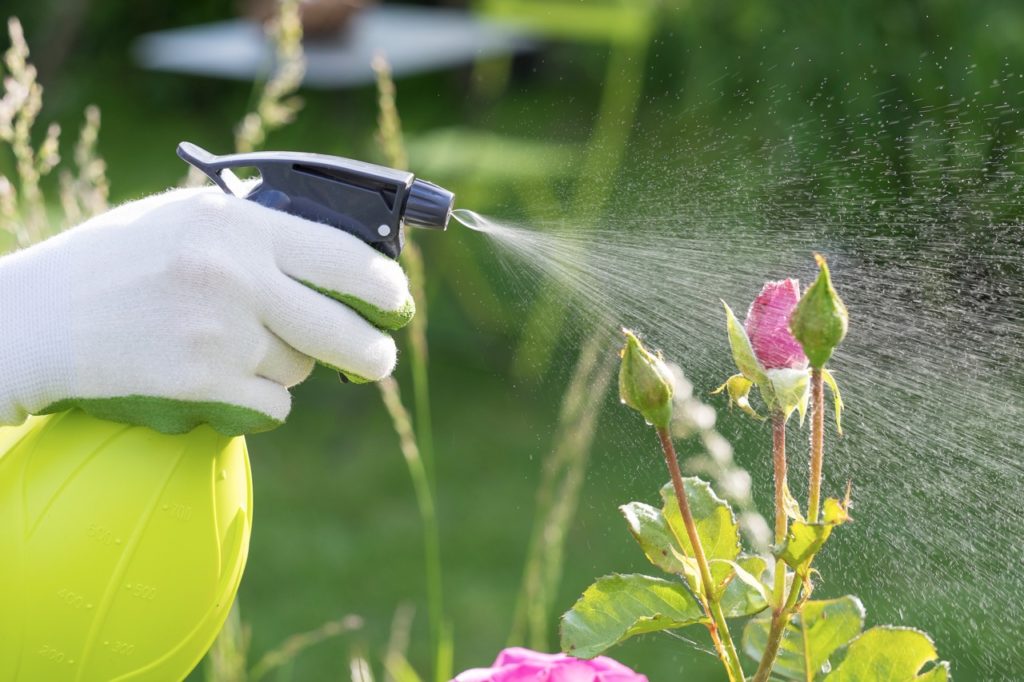
Treatment For Commonly Affected Plants
Cacti & Succulents
Cacti and succulents are unfortunately often targeted by mealybugs.
Introducing ladybirds as a biological control along with applying rubbing alcohol can prove effective, as well as changing their soil and washing their pots clean.
Orchids
Mealybugs can infest and damage orchids with surprising speed, leading to a lack of buds and their prized flowers.
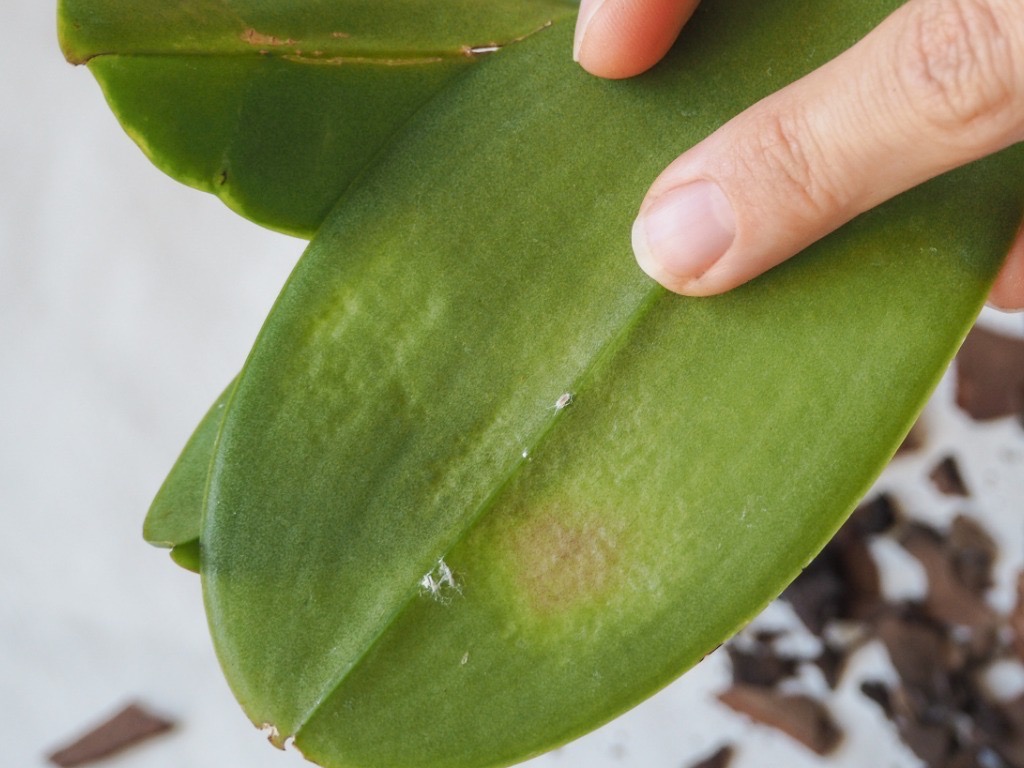
As with other houseplants, a strategy of using rubbing alcohol, plant oils and repotting can help treat and prevent mealybugs.
Jade Plant
The jade plant is a popular house plant grown here in the UK and is often affected by mealybugs.
Jade plants can be very sensitive to fatty acids and plant oils, causing damage to the foliage and are thus not recommended for use against mealybugs.
Instead, spraying the foliage with water and removing the insects by hand is the preferred option, with the targeted use of alcohol on a cotton bud a last resort.
Hibiscus
Unfortunately, all varieties of hibiscus whether grown indoors or outdoors can be targeted by mealybugs.
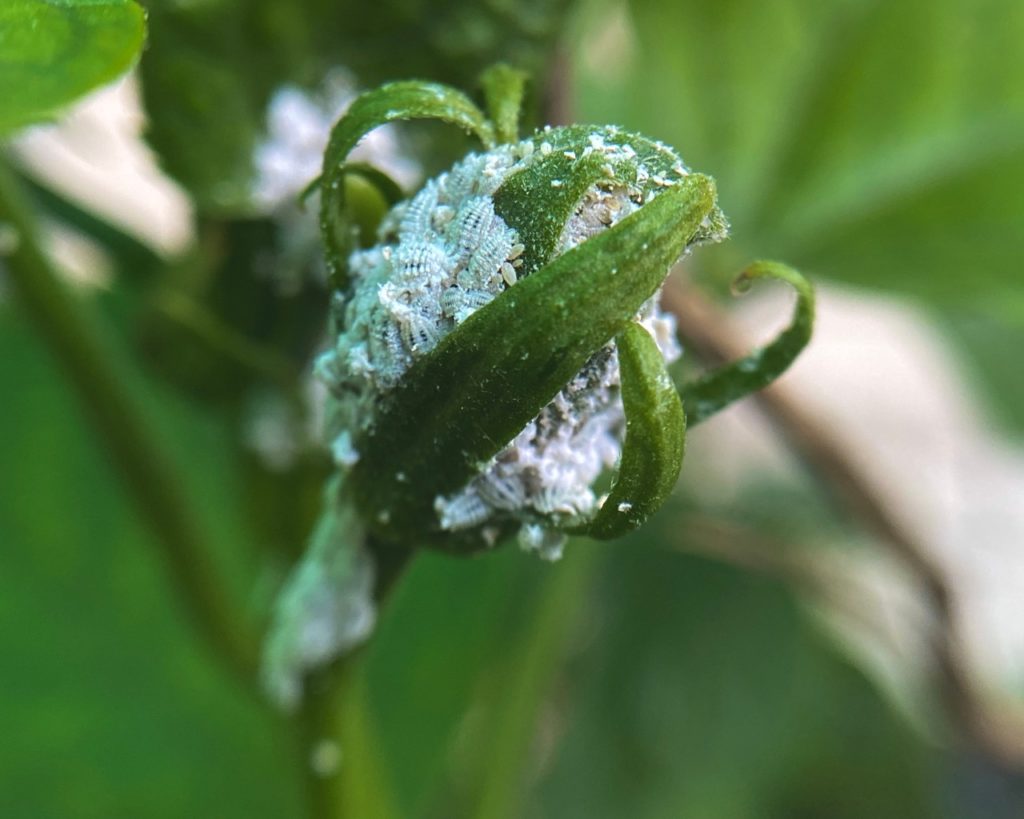
For more tender varieties grown inside, a combination of introducing predatory insects and applying rubbing alcohol can prove successful.
However, for hardier plants grown outdoors, plant oils or contact insecticides may need to be used, but not when the plant is in bloom.
Ongoing Prevention
Since mealybugs can be quite difficult to treat once established, prevention in the first place is most definitely the best line of defence.
Even though quarantining any new plants is a hassle and not always easy if space is an issue, it is key in preventing any existing plant collections from succumbing to mealybugs.
Regular plant checks are also an important part of preventing mealybugs as if identified, the plants can be isolated and treated, helping prevent contagion to the rest of the collection.
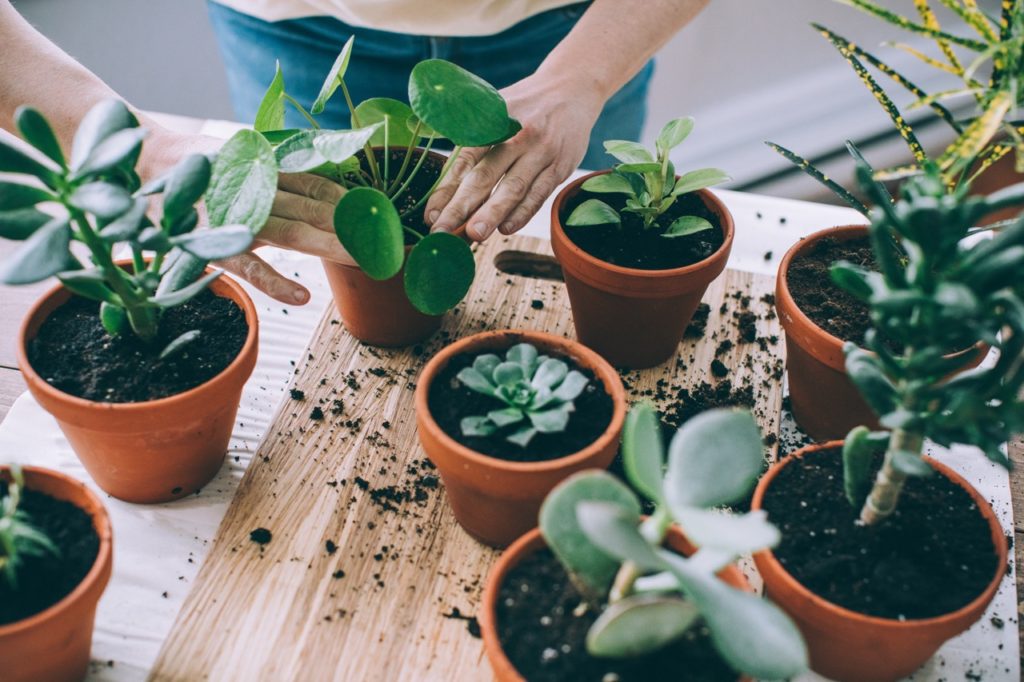
Mealybugs are most attracted to new, soft green growth.
In certain circumstances I would advise slightly reducing feeding and watering where possible, leading to a swifter hardening of new growth and better resistance to infestation.
For certain houseplants, but only those that can handle it, lowering the nighttime temperature can also help prevent mealybugs, which prefer a warm and humid environment.
References
- 1Canna Research. (n.d.). Mealybugs – Pests & Diseases. Canna UK. Retrieved March 21, 2023, from https://www.canna-uk.com/mealybugs-pests-diseases
- 2Mahr, S. (n.d.-e). Mealybugs. Wisconsin Horticulture. Retrieved March 21, 2023, from https://hort.extension.wisc.edu/articles/mealybugs-2/
- 3Mealybugs. (2021, April 28). Oklahoma State University. Retrieved March 21, 2023, from https://extension.okstate.edu/programs/digital-diagnostics/insects-and-arthropods/mealybugs/
- 4Johnson, P. (n.d.). Mealybugs on Orchids. American Orchid Society. Retrieved March 21, 2023, from https://www.aos.org/orchids/orchid-pests-diseases/mealybugs.aspx
